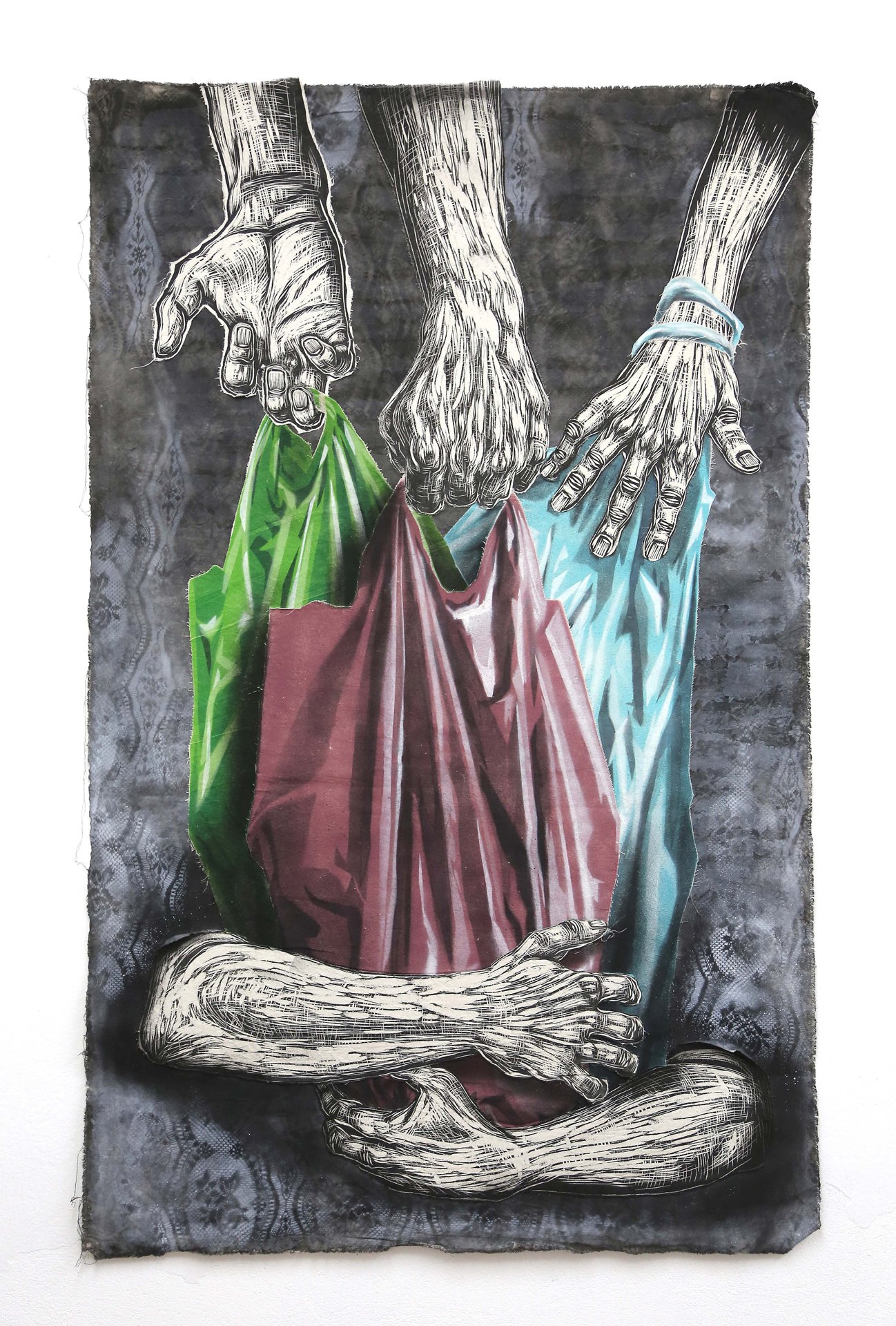What is your name?
My name is Carlos Manuel Llobet Montealegre
Where are you from?
I'm from Costa Rica
(if this applies) Have you thought of a name for your dream studio and where to put down roots?
This is a fun question. I always wanted to integrate my last names, as Llobet means “of the wolves” in Catalan and Montealegre means “Jolly Mount,” so the name would be super cringe.
Who are your favorite printmakers/papermakers and biggest inspirations?
Costa Rica and Latin America have great traditions when it comes to printmaking. My current inspirations are Belkis Ramírez from the Dominican Republic, Sila Chanto from Costa Rica, and Käthe Kollwitz. I’ve been influenced by street artists and muralists like ARYZ from Spain, and Shepard Fairey among many others.
What was your first job as an artist?
My first job was as a tee shirt printer while still in my BFA in printmaking. I worked in commercial printing for fourteen years before going into teaching.
What is one tool you could not create without?
There is this tool that is called “Palm Press” from Arteina. It's like a handheld printing press. It has enabled me to print any size matrix. I use it in my work since I can’t access a press here in CR.
What is your biggest rule in the studio?”
My biggest rule in the studio is to have fun and leave everything as clean as you found it.
How did you get involved in many different types of printmaking (intaglio, lithography, serigraphy, and woodcut)? What is it about the medium that speaks to you out of the many other types?
I received an excellent education at the University of Costa Rica, where I was fortunate to have teachers who inspired me to explore various techniques and subjects. Consequently, I often associate specific printing methods with particular topics. When creating my large-scale pieces, I predominantly employ relief printing. For more vibrant and colorful work, I turn to screen printing, and so forth.
During my time in Buffalo pursuing my MFA, I had the privilege of having access to an outstanding print studio, which felt like being a kid in a candy store. I visited the studio daily and immersed myself in printing; one day, it was lithography, and the next, screen printing. It was an incredibly fulfilling experience.
However, due to the limitations in the availability of materials in Costa Rica, I've primarily focused on relief printing and screen printing. Currently, I'm revisiting the use of stencils and spray paint in my work.
Urban Composition 2021
In addition, how are you expanding beyond traditional printmaking techniques (using mixed media) to exemplify the unique perspective you bring to the art discussion?
Currently, I'm delving into the inherent potential of print to generate multiple images and subsequently use these copies to craft distinctive artworks. Working with fabric has proven to be a rewarding experience, offering greater versatility compared to paper and the ability to work with larger dimensions. Additionally, I've been transitioning towards creating more installation pieces, although I still derive satisfaction from producing editions.
Engaging in large-scale prints has allowed me to present my work with greater impact, while simultaneously ensuring that it remains engaging and continually inspires me to explore new avenues of artistic expression.
How does your background in Costa Rica, if applicable, apply to your artistic vision or purpose of artmaking?
Costa Rica boasts a rich tradition of printmaking, which draws inspiration from German expressionism and Japanese printmaking, resulting in a distinctive aesthetic that has deeply influenced me from the outset.
Growing up in my hometown of Escazu, located in the capital city of San Jose, I witnessed a significant transformation in the late '80s and early '90s. This period marked a rapid gentrification of the area, where I observed the juxtaposition of newly constructed McMansions alongside traditional adobe houses. It was a time when people on horseback would be startled by the presence of luxury cars on once tranquil dirt roads.
This firsthand experience left a profound imprint on my artistic work, as I began to grapple with the social and economic issues stemming from the rapid growth of the area.
In reading your biography, I see that teaching is a core aspect of why you create art. Can you explain more how important teaching is to you?
To me teaching is an essential part, I feel that it is very selfish on my part to have all my years of experience as well as technical knowledge and not pass it.
Teaching also helps me put my ideas in order as I’m forced to explain it as simple as I can to someone who might not be fluent on a topic.
I see on your website you have a series of works that are displayed on street walls, referencing graffiti art. May I ask more about this project, how it came about, and what it means to you personally?
One of the aspects I cherish about printmaking is its inherent versatility, which offers various avenues for artistic expression and diverse means of presenting the work. Print has always had a connection to the streets and the population, from posters to advertisements, print has always been a popular way to spread information.
From the beginning, my goal has been to position it in both outdoor and indoor settings. My intention extends beyond the confines of traditional gallery or museum spaces; I aspire to place work where individuals who may not regularly visit such venues can encounter and feel represented by the artwork.
Urban Composition 2023
May I ask about your series “Lo que cargamos" (What we carry) and how the concept of this series speaks to your level of understanding the balance between real-life and artistic conception?
This series came from my need to cope with the pandemic to deal with grief, stress, anxiety, and guilt. The bags represent that baggage that we carry every day, not just personally but also carry it for others and collectively.
Los Que Cargamos (What We Carry) 2021
What does being an artist mean to you?
To me, an artist is someone who has a distinct view of the world and has an immense necessity to represent it through music, theater, or visually.
What does the word ‘creativity’ mean in your own definition?
For me, creativity means problem-solving. Having an idea and figuring out how to make that idea a reality with limited resources, exploring new ways to solve those issues, and being in a constant need to learn.
As an artist from Central America myself, I understand to a degree about the trials and tribulations of our culture and how that goes about being reflected in our work. What do you hope to achieve in sharing these unique narratives to other parts of the world who may not be as familiar with it?
In my work, I like to contemplate the economic challenges faced by the working class in Costa Rica: living paycheck to paycheck, working informal jobs, and lacking financial security. However, as I travel abroad for study and residencies, I've come to realize that these issues are not unique to my country or Latin America.
Instead of focusing on our differences, I now recognize commonalities in this economic aspect. I've discovered that most people abroad can relate to the themes I explore in my work. Since the 2007 recession and the subsequent pandemic have had widespread financial and social impacts, I strive to address topics that resonate with me personally while remaining relatable to the viewer..
Can you explain to us your experience in becoming the 2020 NYSCA/NYFA Artist Fellows winner?
I'm truly grateful for the fellowship; it provided much-needed support during a challenging financial period. I applied for it while I was in Buffalo, New York, after completing my MFA. At the time, I didn't anticipate receiving it, especially since I had returned to Costa Rica and had somewhat forgotten about it.
It's immensely rewarding to have a renowned organization acknowledge the dedication I've poured into my work. This recognition served as a powerful motivator, especially during the pandemic, and it allowed me to rent a studio space where I was able to create a substantial body of work. I am incredibly thankful for this opportunity
Do you have any final words you would like to share to our readers?
First, I would like to thank you for giving me the time to talk about my work. I hope you enjoy it and get inspired to do some art yourselves, especially printmaking.
I hope to visit at some point in the future too.
For more information, please visit:
https://www.carlosllobet.com/
Interview by Hugo Gatica, September 2023




